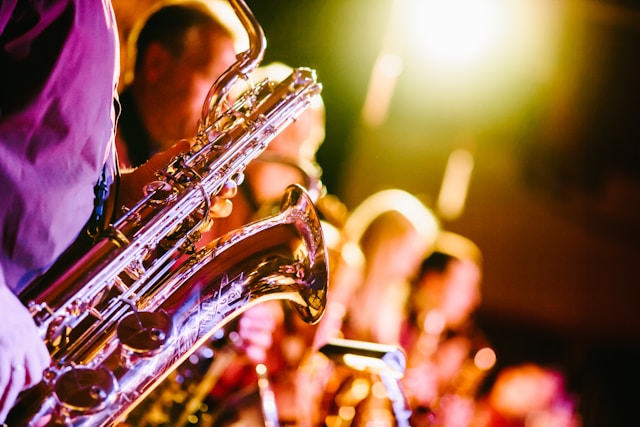In an increasingly globalised world, the rich tapestry of human culture faces unprecedented threats. One of the most poignant of these threats is the loss of traditional music and sounds, which are integral to cultural identity. This article explores how music serves as a vital tool in preserving cultural heritage and protecting endangered sounds, ensuring that these unique auditory traditions are not lost to time.
The Importance of Music in Cultural Identity
Music is more than just a form of entertainment; it is a profound expression of cultural identity. Traditional music reflects the history, values, and stories of a community, encapsulating its unique way of life. For many cultures, music is intertwined with daily life, religious rituals, and community events, making it an essential part of their heritage.
However, with the advent of modern technology and the dominance of global pop culture, many traditional forms of music are at risk of disappearing. Younger generations, often drawn to contemporary music, may not learn or appreciate the traditional sounds of their ancestors. This cultural shift can lead to the erosion of unique musical traditions that have been passed down through generations.
Methods of Preserving Endangered Music
Preserving endangered music requires a multifaceted approach, combining traditional methods with modern technology. Here are some effective strategies for safeguarding these invaluable sounds:
1. Documentation and Archiving
One of the primary methods of preserving endangered music is through meticulous documentation and archiving. Ethnomusicologists and cultural preservationists travel to remote regions to record traditional songs, instrumental music, and oral histories associated with these sounds. These recordings are then archived in museums, universities, and cultural institutions, providing a repository of knowledge for future generations.
2. Education and Community Engagement
Educating younger generations about the importance of their musical heritage is crucial for preservation. Community-based music education programs can teach children and young adults traditional songs and instruments, fostering a sense of pride in their cultural identity. Additionally, workshops and festivals celebrating traditional music can engage the wider community, encouraging the transmission of these sounds from one generation to the next.
3. Technological Innovations
Modern technology offers innovative solutions for preserving and revitalizing endangered music. Digital platforms and social media can be used to share recordings of traditional music with a global audience, raising awareness and appreciation. Virtual reality (VR) and augmented reality (AR) can create immersive experiences that allow users to explore and interact with musical traditions from around the world. These technologies can make traditional music more accessible and engaging, particularly for younger audiences.
Case Studies of Successful Music Preservation
Several initiatives around the world have successfully preserved and revitalized endangered music. These case studies highlight the diverse approaches and the impact they have had on cultural preservation.
The Preservation of Hawaiian Hula Music
Hawaiian hula music, which includes traditional chants and songs, plays a vital role in the cultural identity of Native Hawaiians. Efforts to preserve hula music have included the establishment of hula schools (hālau hula) and annual competitions like the Merrie Monarch Festival. These initiatives not only keep the music alive but also educate new generations about their cultural heritage.
The Revival of Mongolian Throat Singing
Mongolian throat singing, or khoomii, is a unique vocal technique that produces multiple pitches simultaneously. Once at risk of fading away, this ancient tradition has seen a revival thanks to dedicated musicians and cultural organizations. By incorporating throat singing into contemporary music and promoting it through international festivals, practitioners have ensured its survival and growth.
The Archiving of African American Spirituals
African American spirituals, deeply rooted in the history and struggles of enslaved Africans in the United States, are an essential part of American musical heritage. Organizations like the Library of Congress and the Smithsonian Institution have undertaken extensive projects to record and archive these spirituals. Additionally, choirs and musical groups continue to perform and reinterpret spirituals, ensuring their continued relevance.
Conclusion
The preservation of endangered music is crucial for maintaining the diversity and richness of global cultures. Music, as a powerful medium of cultural expression, holds the stories and traditions of communities, offering a window into their unique way of life. By documenting, educating, and leveraging modern technology, we can protect these endangered sounds and ensure they resonate for generations to come. Cultural preservation through music not only honours our past but also enriches our future, creating a world where the melodies of all cultures can be heard and appreciated.




